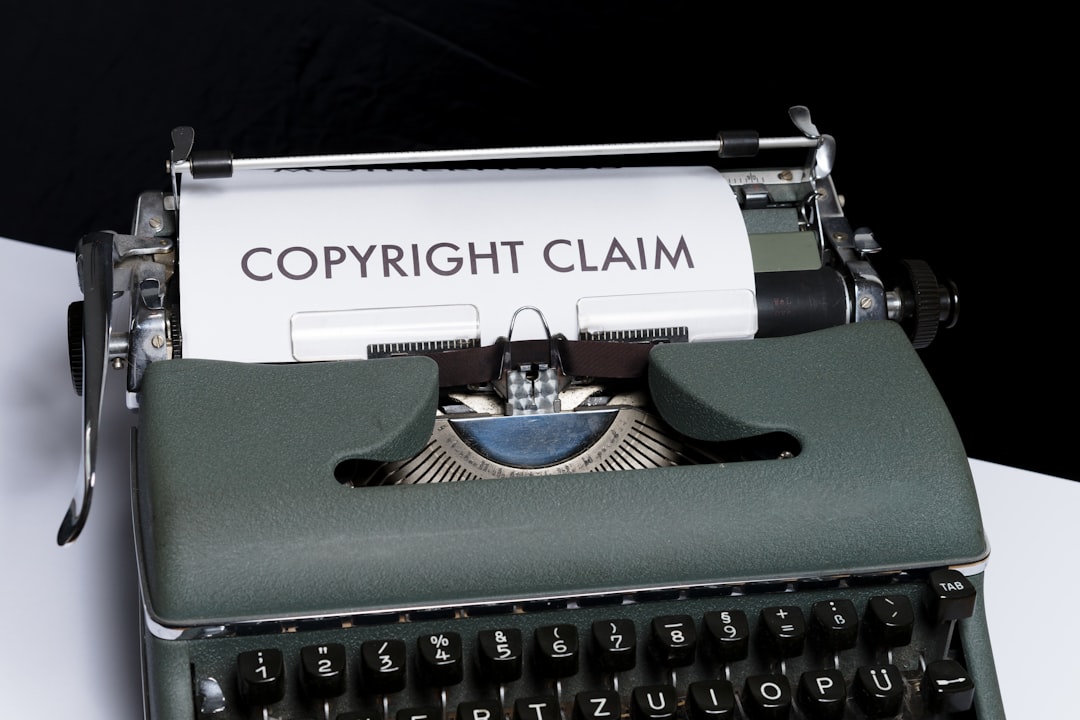Are you spotting your content online without permission? That stinks. Good news: You can do something about it! Two popular methods to remove your stuff from platforms are the DMCA Request and the DSA or Opt-Out Request. But which one should you choose? And how do you fill out the forms without feeling like your brain is on fire?
Let’s break it down in plain English. Short. Simple. Fun. Ready? Let’s go!
What Is a DMCA Request?
DMCA stands for Digital Millennium Copyright Act. Fancy name, right? Basically, if someone is using your copyrighted content—like text, videos, music, photos—you can tell them (and the platform) to take it down.
This works well when someone copies your content without permission. No need for courtrooms. Just fill a form!
What Is an Opt-Out (or DSA) Request?
DSA stands for Digital Services Act. It’s newer and more European. The Opt-Out refers to asking platforms: “Hey, stop using my stuff or personal info.”
This is perfect if your info is showing up in search engines or AI training data and you’d rather not share.

So, Which One Should You Use?
Here’s a quick comparison:
- DMCA – Use this if your copyrighted content is copied. Think blog posts, artwork, videos, music.
- Opt-Out (DSA) – Use this if your personal data or non-copyrighted stuff is being used, especially in Europe.
Example: Someone copied your cat video and uploaded it? DMCA. Someone used your selfies to train a robot? Opt-Out.
How to Fill Out a DMCA Request
This may sound scary, but it’s just a form. Here’s what you need:
- Your Contact Info – Name, email, sometimes phone number.
- Link to the original content – Where your real stuff lives.
- Link to infringing content – The bad copy.
- A statement saying you’re the copyright holder.
- Your signature – Yes, you can type your name.
That’s it! Submit it to the site that’s hosting the copy or to search engines like Google.
How to Fill Out an Opt-Out / DSA Request
This form is used mostly in the EU or with AI companies. Great for stopping data use.
Gather the following:
- Proof of Identity – Sometimes a simple verification.
- What Data You Want Removed – Your name, photos, links, etc.
- Where It’s Used – Direct links or screenshots.
- Reason – For example: It’s private data, or you didn’t give permission.
Many companies now have AI opt-out forms. Google, OpenAI, and others offer them. Just search for: “Company Name + data opt-out”.

Top Tips to Make It Easy
- Be polite. Angry forms slow things down.
- Stay clear and direct. “This is mine. That is the copy. Please remove it.”
- Include screenshots if you can! Visual proof helps.
- Check your spam folder. Replies might land there.
Do Both Work Internationally?
Good question! DMCA is mostly US-based but big platforms follow it worldwide. DSA/Opt-Out is EU-based but companies respect it globally.
If you’re unsure, you can submit both. Better safe than sorry!

Final Thoughts
Sending a DMCA or Opt-Out request isn’t hard. It just needs a little bit of your time and clear info. Once you get the hang of it, you’ll feel super empowered—like an online superhero, protecting your digital turf!
Now go on, stand up for your content. You’ve got this.



